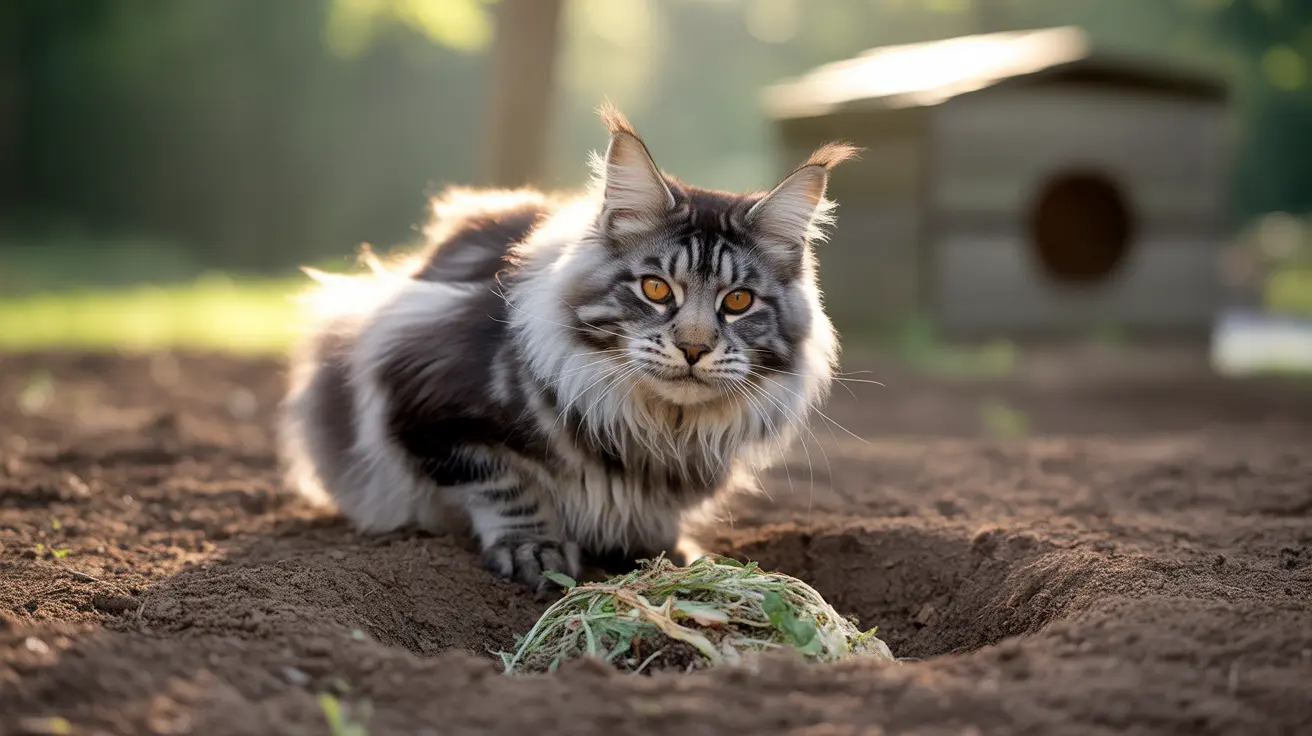Understanding Cat Poop Decomposition Time
Cat feces typically takes between 3-6 months to decompose when buried in soil under optimal conditions. However, this timeline can extend significantly depending on various environmental factors:
- Temperature and moisture levels
- Soil composition and bacterial activity
- Presence of biodegradable litter
- Depth of burial
- Local climate conditions
In composting situations, the decomposition process can take anywhere from 6 months to 2 years to ensure complete breakdown and pathogen elimination.
Factors Affecting Decomposition Rate
Environmental Conditions
Several key environmental factors influence how quickly cat waste breaks down:
- Oxygen availability
- Soil pH levels
- Ambient temperature
- Moisture content
- Presence of decomposing microorganisms
Litter Type Impact
The type of cat litter used significantly affects decomposition time:
- Clay-based litter: Doesn't decompose naturally
- Paper-based litter: 2-3 months
- Plant-based litter: 1-3 months
- Wood pellets: 2-4 months
Safe Disposal Methods and Best Practices
Composting Considerations
While composting cat waste is possible, it requires specific conditions:
- Dedicated composting system
- Temperatures reaching 145°F (63°C)
- Regular monitoring and maintenance
- Extended curing period
- Use only for non-edible plants
Proper Burial Techniques
If choosing to bury cat waste:
- Dig holes at least 1.5 feet deep
- Keep away from water sources
- Avoid vegetable garden areas
- Use only biodegradable litter
- Mark burial locations to prevent accidental digging
Environmental Impact and Health Concerns
Proper disposal is crucial due to several environmental and health considerations:
- Toxoplasma gondii survival in soil
- Groundwater contamination risks
- Impact on local wildlife
- Public health concerns
- Landfill contribution
Frequently Asked Questions
How long does it typically take for cat poop to decompose when buried in soil?
When buried in soil, cat poop typically takes 3-6 months to decompose under optimal conditions. This timeline can vary based on soil composition, temperature, and moisture levels.
What are the safest ways to compost cat poop without risking harmful pathogens?
The safest composting method requires maintaining temperatures of at least 145°F (63°C) for three consecutive days in a dedicated composter, followed by a 6-12 month curing period. Never mix with regular compost.
Can cat poop be safely composted for use in vegetable gardens or only for ornamental plants?
Cat poop compost should never be used in vegetable gardens due to persistent pathogen risks. It should only be used for ornamental plants and lawns to ensure food safety.
Why is flushing cat poop harmful to the environment and water systems?
Flushing cat poop is harmful because water treatment facilities cannot effectively remove Toxoplasma gondii oocysts, which can contaminate waterways and harm marine life.
What type of cat litter is best for eco-friendly disposal and composting?
Biodegradable litters made from paper, wood, or plant materials are best for eco-friendly disposal and composting. Clay-based litters should be avoided as they don't decompose and are environmentally harmful to produce.
Conclusion
Understanding cat poop decomposition time and proper disposal methods is essential for responsible pet ownership. By following appropriate disposal guidelines and choosing eco-friendly products, cat owners can minimize environmental impact while maintaining proper hygiene and safety standards.






